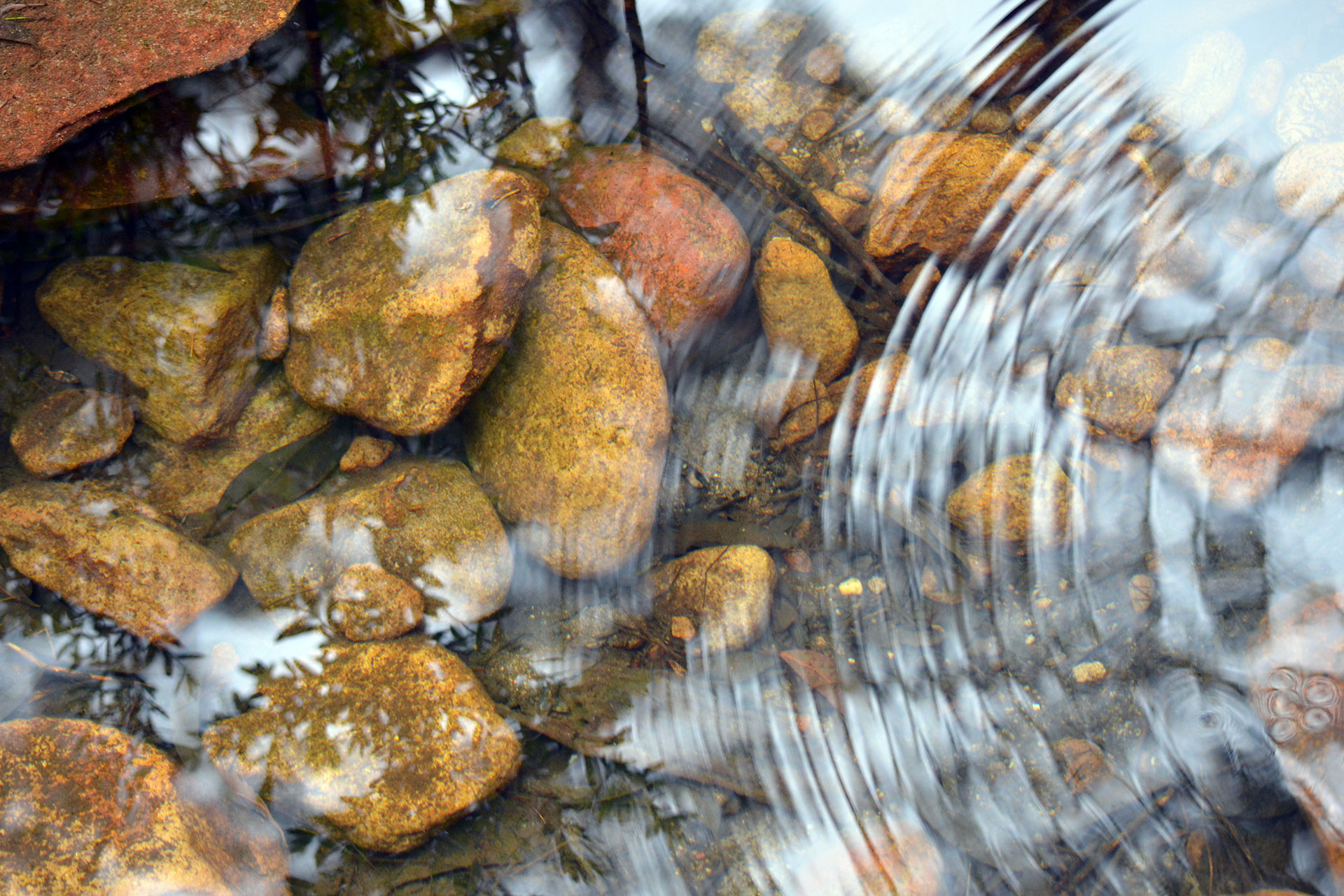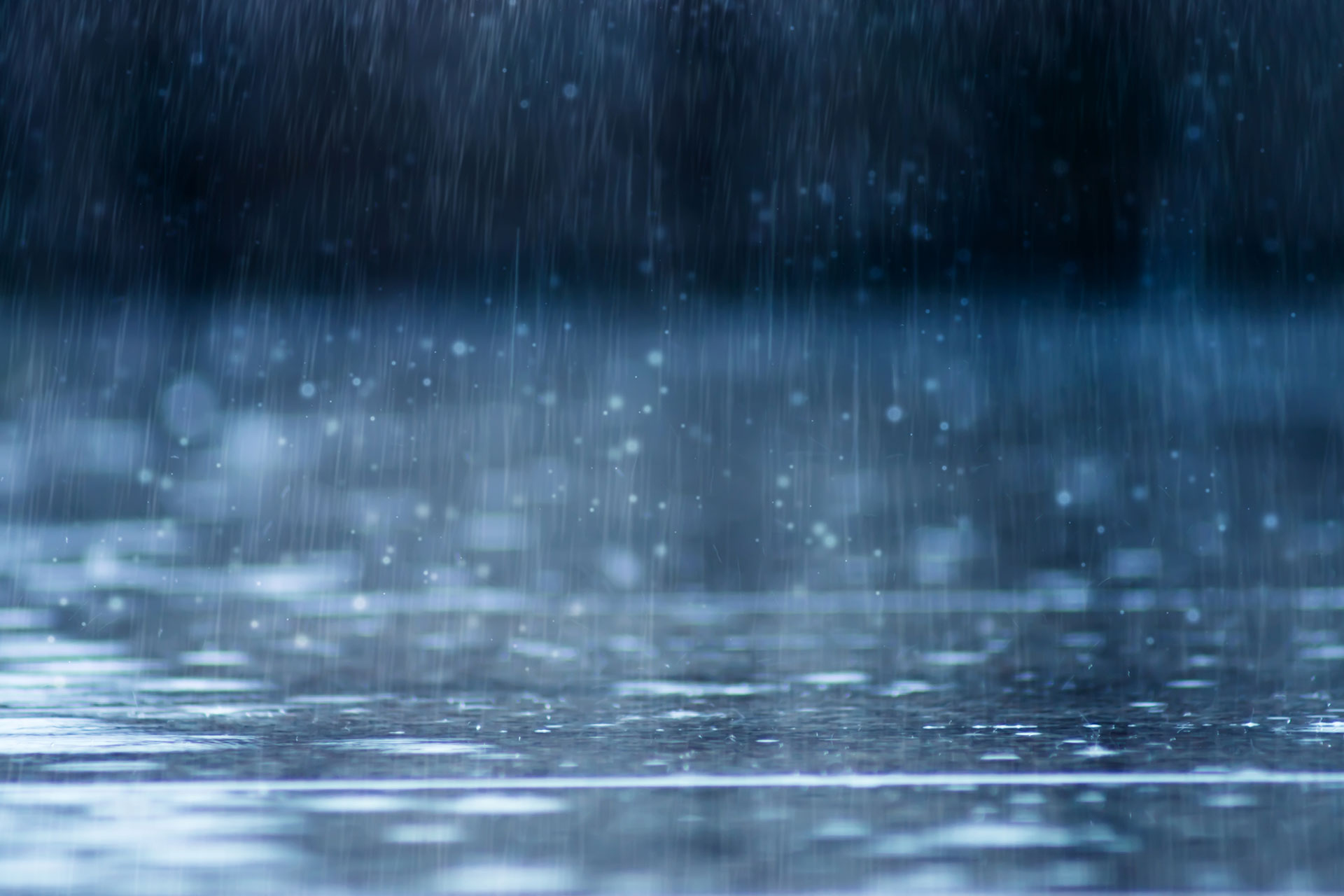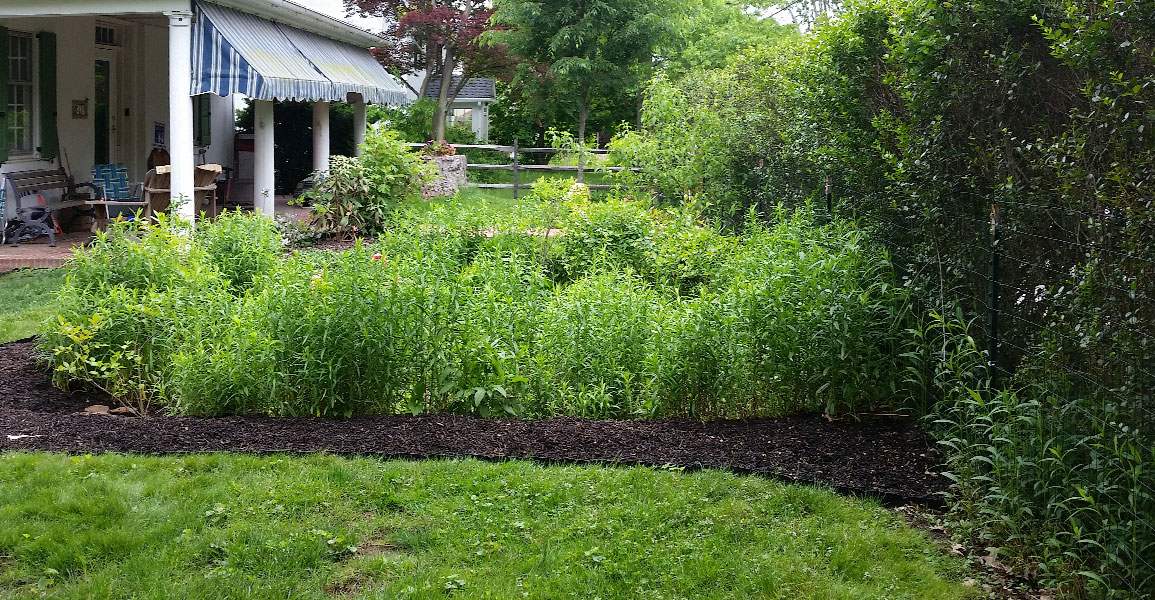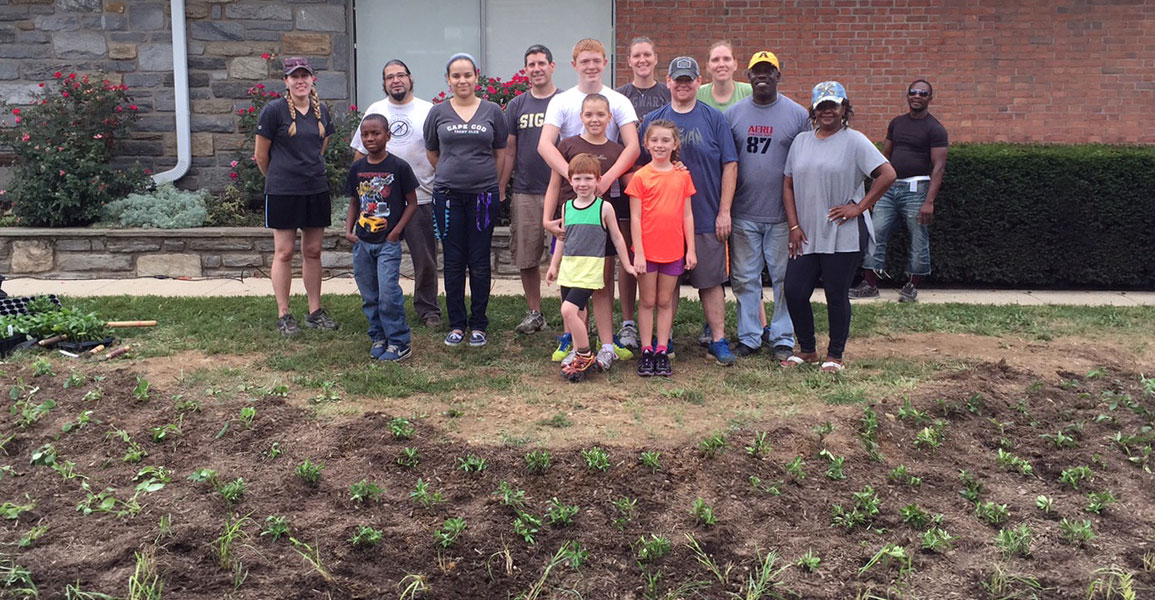Stream Smart House Calls Program
Have you noticed that “100-year storms” are becoming more common? Storm waters don’t just flood our homes; they pick up toxic chemicals from lawns and driveways as they flow into local streams. This “runoff” pollutes the water we use to fish, drink and swim.
One way that homeowners can reduce flooding and pollution is by planting rain gardens. Filled with native plants and spongy soil, rain gardens let water slowly absorb into the ground while filtering out harmful substances. They are easy to maintain and can even increase your property value!
StreamSmart can help you explore rain gardens and other natural solutions to polluted runoff.
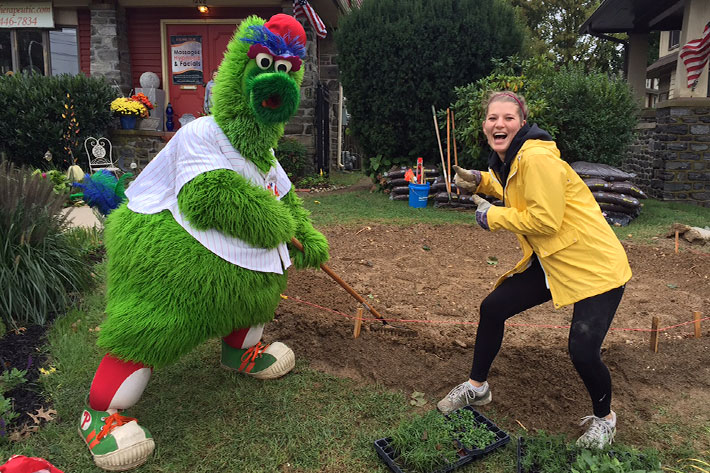
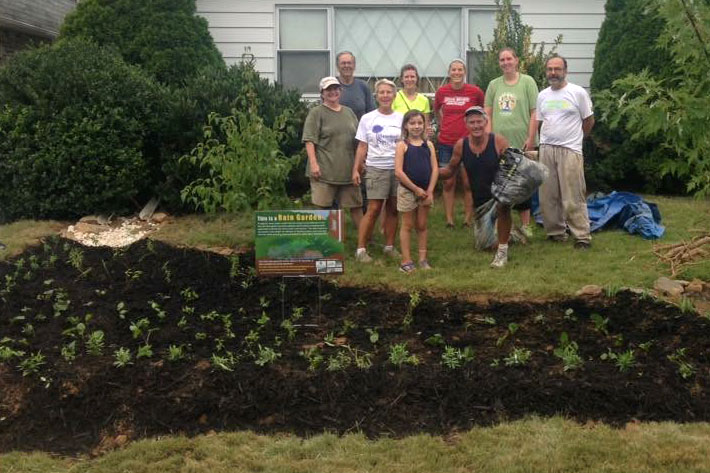
What is Stormwater?
Stormwater runoff is water from rain or melting snow that “runs off” across the land instead of seeping into the ground. This runoff usually flows into the nearest stream, creek, river, lake or ocean without being treated.
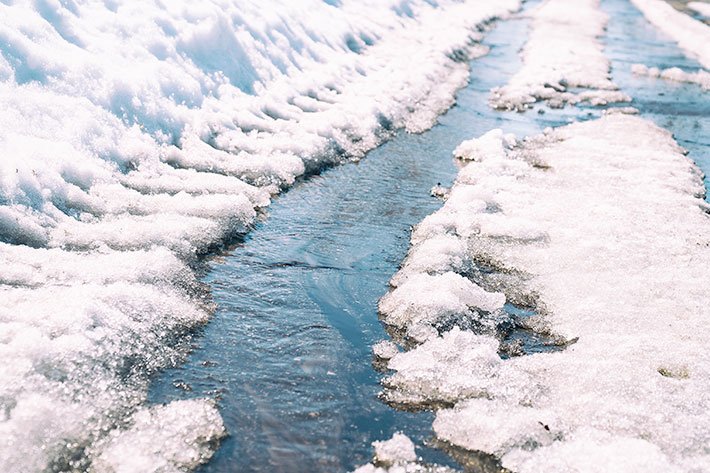
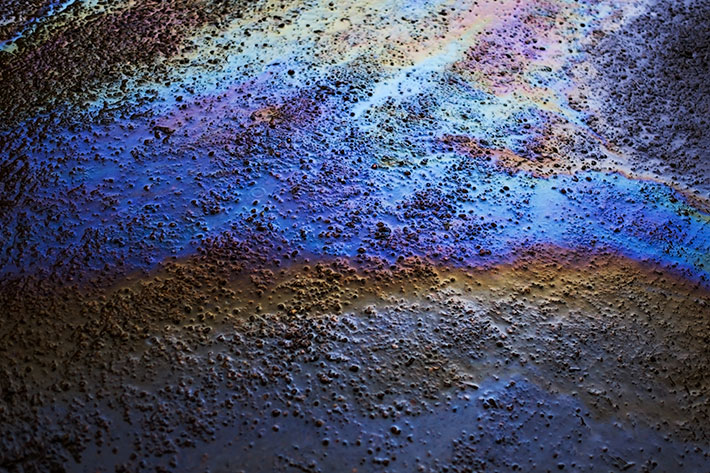
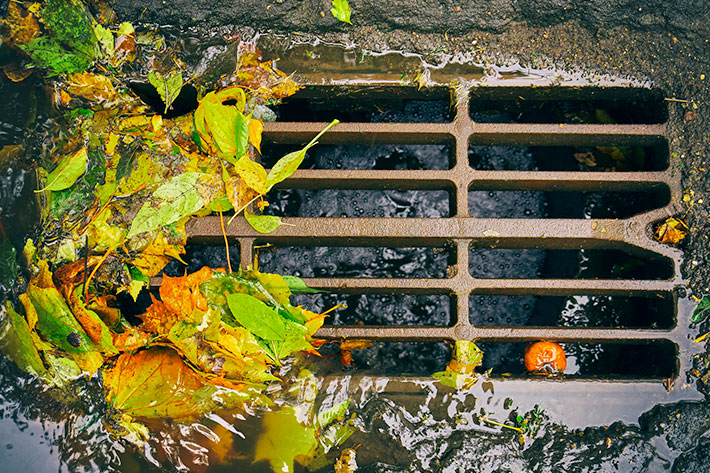
Why is it a Problem?
Water from rain and melting snow either seeps into the ground or “runs off” to lower areas, making its way into streams, lakes and other water bodies. On its way, this stormwater runoff can pick up and carry many substances that pollute water.
Some – like pesticides, fertilizers, oil and soap – are harmful in any quantity. Others – like sediment from construction, bare soil, or agricultural land, or pet waste and grass clippings – can harm creeks, rivers and lakes in sufficient quantities. In addition to rain and snowmelt, various human activities like watering, car washing, and malfunctioning septic tanks can also put water onto the land surface. Here, it can also create runoff that carries pollutants to creeks, rivers and lakes. In this region, tree leaves that fall into our streams are what feed the wildlife living in our streams, so as long as you are not blowing all of the leaves from your yard into the stream, having tree leaves in our streams is good for the health of our streams.
Polluted runoff generally happens anywhere people use or alter the land and is a large problem in suburban/urban areas. For example, in developed areas, none of the water that falls on hard surfaces such as roofs, driveways, parking lots or roads can seep into the ground. These impervious surfaces create large amounts of runoff that pick up pollutants. The runoff flows from gutters and storm drains to streams. This large volume of runoff that in a naturalized watershed would soak into the ground, now enters our creeks causing streambanks to erode putting large quantities of sediment into the waterway harming aquatic life and causing problems downstream.
How Can You Help?
Solving the problems created by stormwater pollution will require the help of every property owner in the watershed. There are many small ways in which property owners can help stop stormwater pollution and improve the quality of our local creeks.
These include: Rain Barrels, Rain Gardens, Vegetation Swales, Buffers and Conservation Landscaping.
Don’t Know if You are Eligible to Participate?
Check out our maps to find out if your watershed is included in the Stream Smart House Calls Program.
Watershed Maps
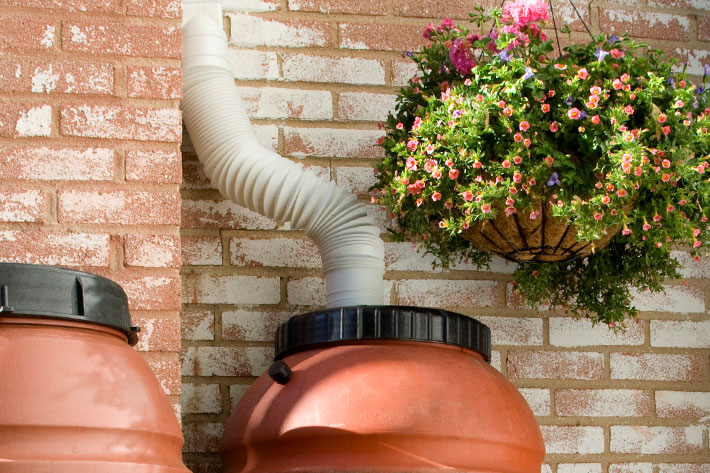
Ready to Get Started?
Are you interested in building a rain garden, installing a rain barrel or incorporating conservation, landscaping, planting native plants and trees, on your property?
